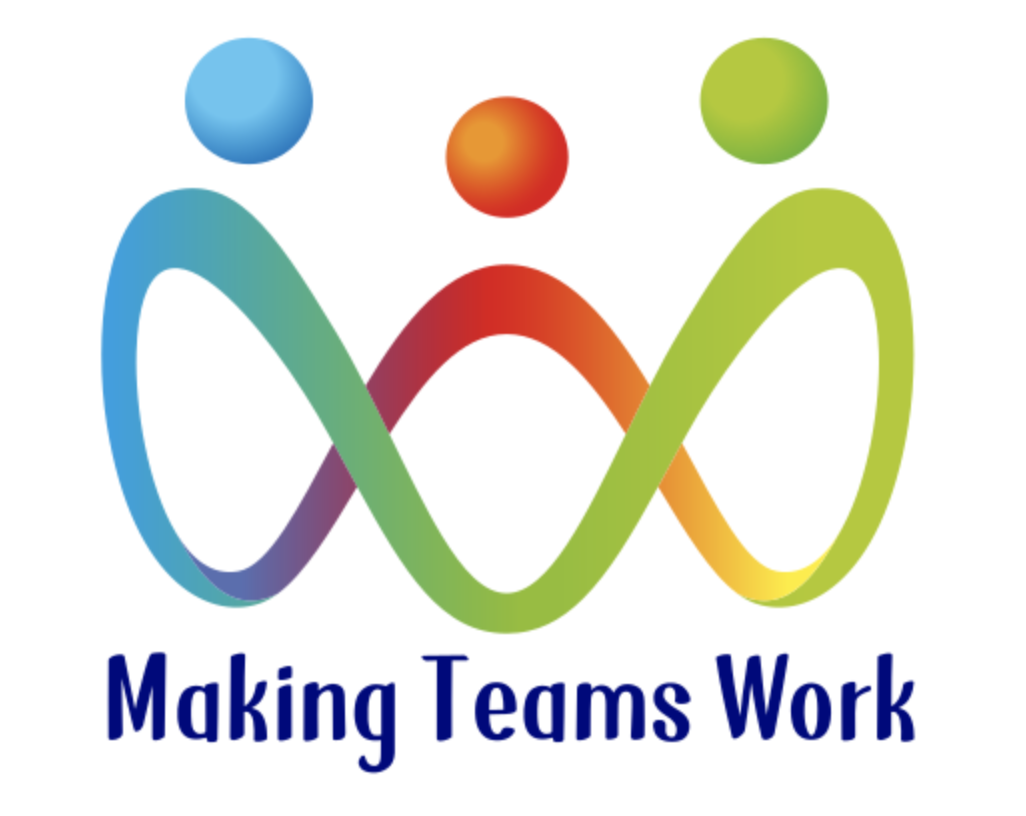What is resilience?
With it's roots in materials science, the earliest definitions of resilience are built around the ability to withstand physical loads. It has also been defined as an outcome, coping strategy and trait - which could include ‘grit’ and mindset, as the work and writing of Angela Duckworth and Carol Dweck attest. Ask any one person about resilience and they'll probably give you a vague definition about ‘bouncing back’, or as many schools used to teach, ‘stickability’.
One of the reasons for this lack of consistency is that resilience characteristics vary according to context - so there is research into the resilience of nurses, young children, adolescents, and university students, yet a very limited amount on resilience in police officers, for example.
This variation means that there are equally numerous methods for measuring resilience. The most recent piece of research in this area comes from Dr Larry Mallak at the Western Michigan University, and includes this definition, which I find helpful:
"In physical systems, resilience refers to a material's ability to store and return elastic energy. Similarly, in the workplace, we seek the ability for an employee to absorb energy from a stressful situation and to return to their original (or improved) condition once the stressor is removed."
As Dr Mallak suggests, one core aspect of resilience is adaptation to stress; the ability to not just overcome challenges, but to grow through them. This is why labelling resilience as the ability to ‘bounce back’ isn't entirely useful: resilient individuals don't just overcome obstacles and return to their previous state, but often they use such challenges to learn and move forward.
Similarly, people often ask ‘Isn't resilience just about coping better?'. Coping is definitely one element, but it is not the whole picture of resilience. It also includes having access to (and therefore building) tools and techniques to prepare for, and deal with, life changes - both positive and negative.
A real life example
Marathon training is a good example of this. In the initial stages, training is more about being able to stay on your feet for long enough. Once an endurance base is built, training can focus on increasing speed, but you keep extending the length of long runs, in most cases reaching a peak of 22 miles about 6 weeks before the event. When I was training for the London marathon, these long slow distance runs were a physical and emotional rollercoaster that sometimes reduced me to tears as I ran, but brought a broad smile once they were finished. That smile was driven by the knowledge that the training effect continued beyond the run itself, and set me up for success in the eventual race. It's fair to say that the experience of completing the race in under 3 hours was a life changing one.
In the same way that my training runs, however gruelling, set me up for the full marathon, resilience at work can look like overcoming difficult situations and knowing that we grow as a result - and can therefore face them with greater confidence in the future.
This is the first installment of 'Resilience fortnight', focused on the basics of resilience. I hope that through these blog posts you'll learn something new about resilience and how important it is for you and your workplace - if you've got any questions or comments feel free to leave them below, or tweet me.
PS. For some more thoughts on resilience, check out this blog post.


